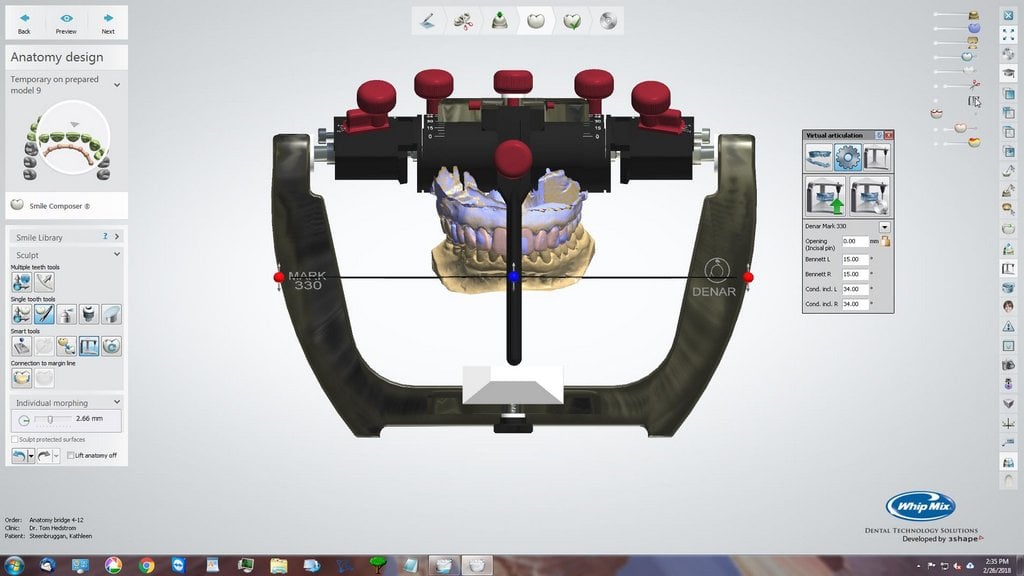In two previous blog posts, Why Can't I Transfer a Case from One Articulator Brand to Another & Transferring Between Articulators (Part II), we covered the reasons why articulators are or are not transferable, but in this part, let’s consider the importance of working with instruments which are calibrated together.
We can all agree that an articulator is nothing more than a mechanical device that mimics the movement of the mandible relative to the maxilla. We use one of these devices because we are not able to make the restoration directly in the patient’s oral environment. We all can also agree that if we could make that restoration using the original equipment (patient’s oral structures) we would have the best “Fit and Function”. We get closer to that goal as we move closer to creating restorations digitally from the information gathered directly from the patient, but we are not there yet.
Let's think this through. If the patient is P1, and the articulator with the patient’s information, transferred by mounting in the dentists office is A1, then there is a direct relationship from one to the other, P1: A1. Unfortunately, we know that there are limitations to this relationship (human being to mechanical instrument); however, we have a large volume of multiple patients' information at our disposal so we can create ‘averages’. These averages applied to the articulator (A1) along with some directly captured information (facebow, bite records) from P1 allow us to get close to the movements of P1 in a mechanical instrument.
Now what happens if we have P1:A1:A2? We introduce yet another set of variances with the addition of a new machine. Although we might “set up” the A2 the same as the A1, there are some slight differences in alignments of which we are not aware. These can introduce problems, because this entire relationship is about movements that must be the same.
Corrections to the movements when we get back to P1 are called Adjustments. None of us likes adjustments. Not the doctor, the laboratory technician and not P1!
To solve the problem of the relationship between A1 and A2, we have calibration. This places both of these instruments in additional instrumentation. This aligns them both so that we are able to move P1 casts back and forth between A1 and A2, and still remain within 100 microns of accuracy on most large frame articulators.
Now, what are the observable consequences if we do not do this?
The positioning and the movement will be different on each of P1, A1 and A2. These inconsistencies are observed by using articulating film, preferably in three different colors.
With patient in MI, mark the occlusal contacts. Then repeat with placement of the patient casts on each of A1 and A2 in the locked MI position.
Notice the slight differences in dots and slides. These are due to the slight differences in the mechanisms which are creating the movements. These differences are the interferences we see in P1 when delivering the restorations. Some are small, but some are functionally unacceptable. If ignored, they create lasting soreness in P1 or ceramic fractures after a time of function. If adjusted improperly, they can also create fractures in new restorations and/or abrasive actions against the opposing dentition. Neither is acceptable.
Regular calibration of your instrumentation (A1) and joint calibration of the transfer instrument (A2) will find irregularities in adjustment and wear of the functional surfaces (condyle surfaces) and the supporting parts. In essence, it will make your life and the health of your P1 better!











.png)

Leave a comment